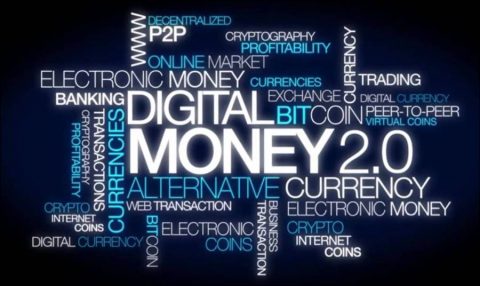What is the difference between “token”, “coin” and “digital currency”, which are the most frequently used terms of the cryptocurrency ecosystem? Is there a difference between token, coin, digital currency, and virtual currency? In one word, yes, there is. You can also find information about digital currency in our article.
There are minor and major differences between these terms. For example, when JPMorgan Chase launched its own JPM Coin, it promoted it as a “digital currency”. Facebook’s currency, Diem, was introduced as a “crypto currency”. Ironically, this may be one of the reasons why regulators around the world are so against Diem.
Still, although JPM Coin and Diem are different in design, it has been decided by decentralized experts that they are “virtual money” or “digital money”, not “cryptocurrency” because they are both centralized and run by companies.
Unfortunately, it’s not that simple: While decentralization is the main ideology behind cryptocurrencies, some may be decentralized, at least to a certain extent.
Therefore, cryptocurrency is a digital or virtual currency (the subtle differences between them will be discussed later in the article) produced with strong cryptography to be secure and immutable. Most cryptocurrencies have a distributed ledger system (DLT) and blockchain technology managed by a decentralized computer network. However, cryptocurrencies that do not use blockchain technology are technically possible. In fact, Digicash, one of the first types of cryptographic electronic payments introduced in the early 1990s, did not include blockchain.
To further complicate the situation, there are also subcategories of blockchain-based cryptocurrencies. For example, NEO is actually a coin, while Binance Coin (BNB) is actually a token. Now, as you can see, there is a lot of confusion about these terms in the crypto space and we will try to fix that in this article.
What are coins?
Digital currencies with their own blockchain network are called coins. Projects such as Bitcoin (BTC), Monero (XMR), and Ether (ETH) are examples of cryptocurrency “coins”. What they have in common is that they each have their own independent ledger. BTC is traded on the original Bitcoin blockchain network. ETH is used within the Ethereum blockchain network. XMR is on the Monero blockchain… All of these units can be sent, received or produced.
As their name suggests, coins tend to have the same characteristics as money: they are redeemable, reproducible, portable, and in limited supply. Thus, normally cryptocurrency coins should be used just like physical money; so to pay.
However, there are exceptions. For example, although Ether has all the features of a coin, it does much more than just “money” as it is used to process Ethereum blockchain transactions.
There are many digital assets that are called “altcoins” because they were developed as an alternative to the first cryptocurrency Bitcoin. Most altcoins such as Litecoin (LTC) and Dogecoin (DOGE) were created as a result of Bitcoin forking. They were developed using Bitcoin’s open source protocol, but they are called altcoins even though they are built on the brand new blockchain networks ETH and XMR mentioned earlier. So when describing an altcoin, you should always ask the question: if it’s a cryptocurrency coin other than Bitcoin that has its own blockchain, it’s an altcoin.
What is a token?
Digital assets that can be used within a particular project ecosystem are called tokens. The main difference between tokens and coins is that they require a blockchain platform to work with. Especially due to its smart contract feature, Ethereum is the most used platform for developing tokens. Tokens developed on the Ethereum blockchain are commonly known as ERC-20 tokens. For example, the industry’s most popular stablecoin (stablecoin) is Tether (USDT). Of course, there are other platforms for tokens such as NEO or Waves.
Although tokens can be used as a means of payment, their purpose is different from coins.
Most of the tokens are created for use in decentralized applications (DApps) and their networks. These tokens we are talking about are called “utility tokens”. Their main purpose is to provide token holders access to the function of the project.
An example is the Basic Attention Token (BAT). BAT is an ERC-20 token created for the development of digital advertising. So the blockchain platform is Ethereum. Advertisers buy ads with BAT tokens, then the tokens are distributed as allowances to both publishers and browser users, respectively, for hosting and viewing the ads.
In essence, there are also “security tokens” that represent one’s investment in the project. Although tokens gain value through the venture behind the project, they do not give the token holder ownership over the venture. People buy these tokens simply with the idea that their value will rise in the future.
Visits: 79



